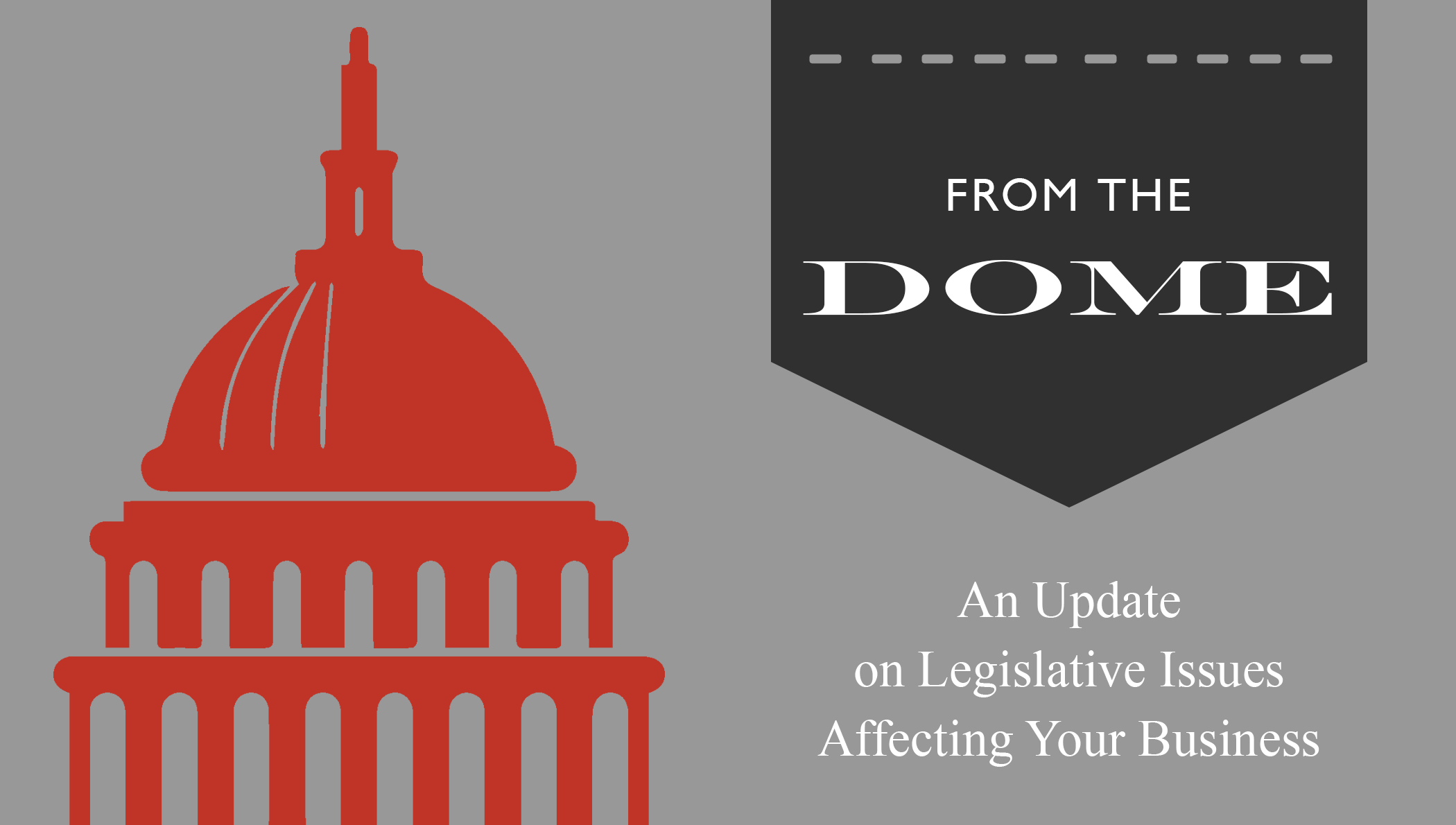 More than seventy businesses in our area over the past three years have been targeted with abusive lawsuits alleging accessibility violations. To help prevent these lawsuits, Greater Mankato Growth has been pursuing a two-prong strategy. First, we’ve worked to ensure our businesses have the information and resources they need to be compliant with the law (be sure to check out our blog post on how you can self-audit your business). Second, we’ve partnered with the Minnesota Chamber of Commerce to pursue legislation to reduce or eliminate the abusive lawsuits.
More than seventy businesses in our area over the past three years have been targeted with abusive lawsuits alleging accessibility violations. To help prevent these lawsuits, Greater Mankato Growth has been pursuing a two-prong strategy. First, we’ve worked to ensure our businesses have the information and resources they need to be compliant with the law (be sure to check out our blog post on how you can self-audit your business). Second, we’ve partnered with the Minnesota Chamber of Commerce to pursue legislation to reduce or eliminate the abusive lawsuits.
This year, new legislation was passed that provides new protections for businesses and builds upon legislation passed last year. Specifically, the legislation signed into law this year changes the Minnesota Human Rights Act by requiring that a person seeking to sue a business for removal of an accessibility barrier first give notice of the barrier.
Thanks to كيفن فيلاسكيز, an attorney with Blethen, Gage & Krause in Mankato, for authoring the following guest column providing details and background on the new law. You may also want to contact an attorney specializing in business law for further advice and counsel. You can find a list of our Greater Mankato law firms هنا.
Guest Column by Kevin Velasquez:
HISTORY
In 2015, the number of lawsuits in state and federal courts in Minnesota asserting accessibility violations in public accommodations began to spike. In 2014, there were 19 cases brought in federal court (including Minnesota Human Rights Act claims). In 2015 the number of federal claims increased to 118, with many more claims commenced in state court. The lawsuits generally sought a judicial order requiring removal of an architectural barrier to access, such as the addition of an access aisle in a parking lot, or that a service counter be lowered to an accessible height, as well as the plaintiff’s attorney’s fees.
In 2016, the legislature changed the Minnesota Human Rights Act by creating a short, clear form letter that a person could fill out and provide to a business to notify it of an accessibility barrier. The goal was to make it easy for a person to make a business aware of the existence of the barrier and encourage its prompt removal without the need for a lawsuit. In order to advance this goal, under the 2016 amendment, if a person utilized the written notice, they could not commence a lawsuit for an MHRA violation until after the expiration of 30 days. The notice was voluntary, however, and if a person chose to forego the notice, he or she could begin a lawsuit immediately, with no notice.
The voluntary notice provision in the 2016 amendment did not have the desired effect, and lawsuits have continued at the 2015 pace.
2017 CHANGES
The new law – Chapter 80, HF 1542 – keeps the straightforward notice form, but makes the notice mandatory. Now, a plaintiff may not sue a business seeking removal of a barrier until sixty days after providing a written notice (90 days if weather prevents the barrier from being removed). By making the notice provision mandatory, Minnesota’s lawmakers focused on the outcome – making businesses more accessible. The primary remedy available to a plaintiff in a lawsuit is a judicial order requiring the barrier to be removed. However, in a lawsuit setting, both the plaintiff and the defendant business incur substantial attorney’s fees. The requirement to give notice before seeking an order from a judge should encourage prompt barrier removal while reducing or eliminating the legal fees incurred by all parties to achieve a more accessible building.
The mandatory notice provision does not apply to individuals acting without an attorney. Minnesota’s law also does not change the federal Americans with Disabilities Act. A plaintiff who decides they do not want to give the business owner notice may immediately commence a lawsuit under the federal law, in federal court.
The law was signed by Governor Mark Dayton on May 23, 2017, and applies to claims commenced after that May 24, 2017.
The law should not discourage businesses from acting affirmatively on their own to review their premises for potential barriers. Business owners should not wait for a notice to review their premises and attempt to identify and remove accessibility barriers. If your business or other public accommodation receives a notice of an accessibility issue, act promptly to investigate the situation and determine what action can be taken to remove the barrier.




